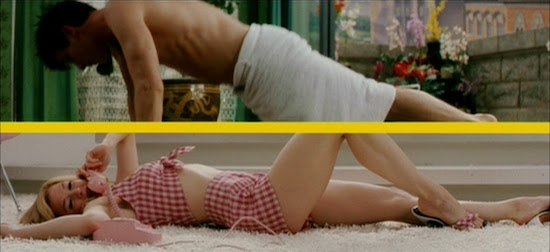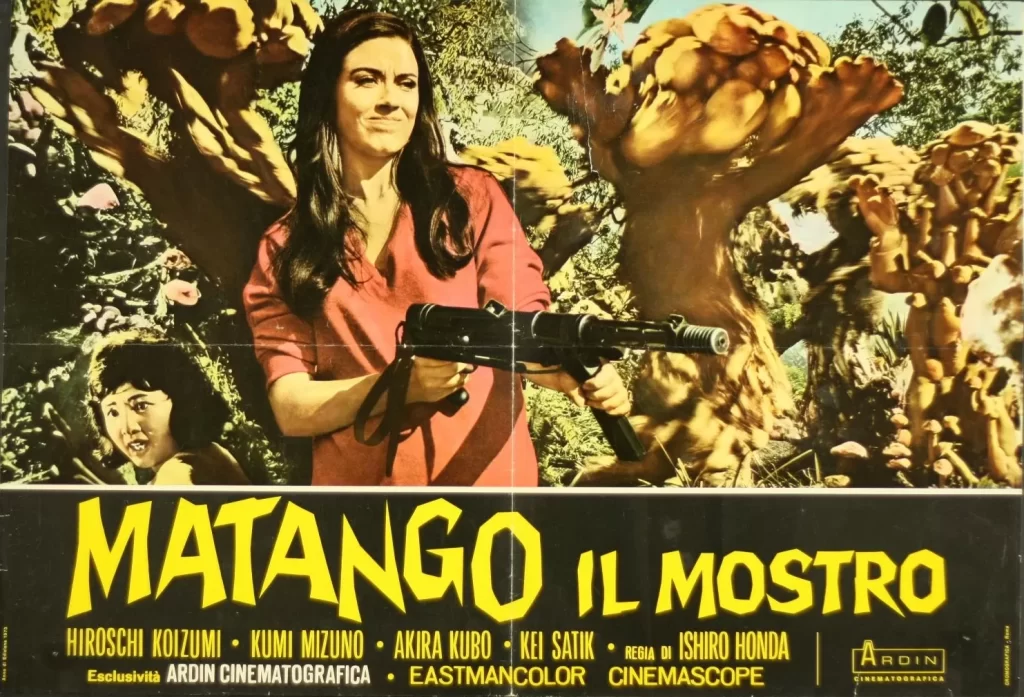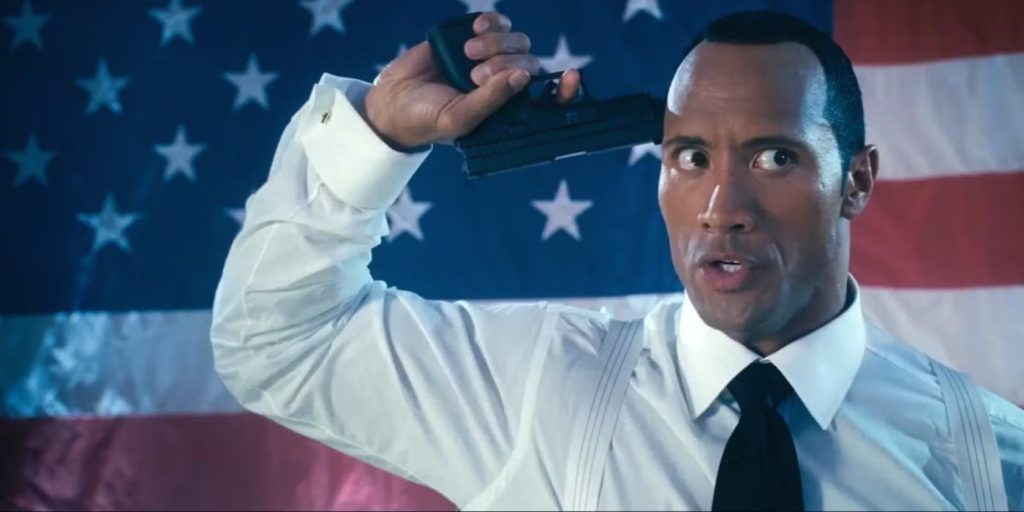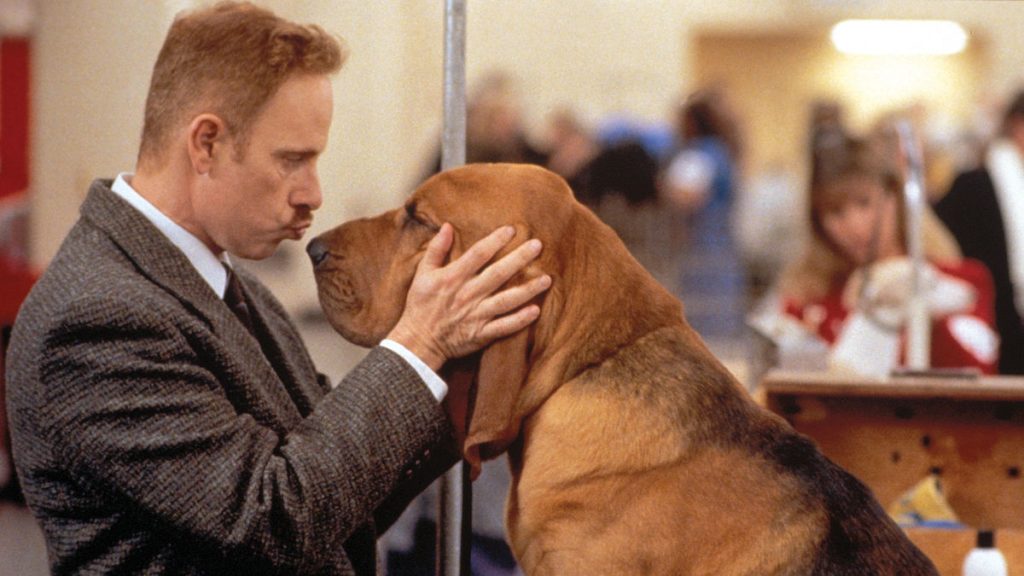In March, director Peyton Reed told Empire Magazine that his Ant-Man and the Wasp, despite early reports, is “not a romantic comedy,” and that any romantic connection between its title characters (played by Paul Rudd and Evangeline Lilly) would take a backseat to the action sequences and comedic set pieces. This proved to be true. But it’s no surprise that audiences might expect Reed to deliver a romantic comedy, and a superbly well-crafted one at that. Reed’s first two theatrical features, 2000’s Bring It On and 2003’s Down with Love, were vibrant, clever and upbeat comedies with strong romantic elements and a refreshing lack of the kind of sentimentality that bogs down too many mainstream romantic movies.
Written by Jessica Bendinger, Bring It On is primarily a movie about cheerleading, and its central relationship is between Rancho Carne High School head cheerleader Torrance Shipman (Kirsten Dunst) and new recruit Missy Pantone (Eliza Dushku), a jaded former gymnast who learns to appreciate the athleticism and camaraderie of cheerleading. Torrance’s burgeoning romance with Missy’s brother Cliff (Jesse Bradford) is less important than her efforts to lead the Rancho Carne Toros to another national cheerleading championship, but it dovetails nicely with the movie’s themes of respect and empowerment.
 As jaded as his sister, Cliff wears T-shirts for old-school punk bands and spends his free time playing rock guitar, but he’s never condescending to Torrance about her dedication to cheerleading, and his genuine support of her is one of the main reasons that he’s such an appealing love interest (both to Torrance and to the audience). Torrance and Cliff’s best scene together doesn’t involve any witty banter: It’s the silent interplay between them as they brush their teeth side by side one night when Torrance is having a sleepover with Missy. At first they’re shy about this disarmingly intimate act, and Torrance tries to be ladylike as she spits into the sink, covering her mouth with her hand. But when Cliff brazenly spits his toothpaste, she follows his lead, demonstrating their growing comfort and ease with each other without either of them speaking a word.
As jaded as his sister, Cliff wears T-shirts for old-school punk bands and spends his free time playing rock guitar, but he’s never condescending to Torrance about her dedication to cheerleading, and his genuine support of her is one of the main reasons that he’s such an appealing love interest (both to Torrance and to the audience). Torrance and Cliff’s best scene together doesn’t involve any witty banter: It’s the silent interplay between them as they brush their teeth side by side one night when Torrance is having a sleepover with Missy. At first they’re shy about this disarmingly intimate act, and Torrance tries to be ladylike as she spits into the sink, covering her mouth with her hand. But when Cliff brazenly spits his toothpaste, she follows his lead, demonstrating their growing comfort and ease with each other without either of them speaking a word.
Torrance’s bond with Missy grows over the course of the movie as well, and it’s one of professional respect as much as friendship. Missy is the one who shows Torrance that her predecessor as head cheerleader, Big Red (Lindsay Sloane), had been ripping off all her cheers from the East Compton Clovers, a squad at an urban high school that doesn’t benefit from the same privileges as the Toros. Just as Torrance values Missy’s respect, she feels the same way about Clovers captain Isis (Gabrielle Union), and the entire cheerleading plot is about Torrance doing the right thing (coming up with original cheers) in order to compete fairly in the national championships.
That makes Bring It On one of the best sports movies ever made, with its emphasis on teamwork, respect and fair play, placing love of the sport — a sport that is unjustly maligned by people who don’t understand it, like Torrance’s snotty little brother — above the desire to win. Torrance’s whole identity is tied up in the Toros (even the team’s name is essentially a shortened version of her own name), which means that the team’s integrity comes directly from her own inner sense of right and wrong.
That’s not to say that Bring It On is some dull object lesson in sportsmanship; it’s still a goofy late-’90s-style teen comedy, with a few instances of homophobic and sexual-assault humor that have not aged well. But the performances (especially from Dunst, who makes Torrance likable and thoughtful and a blast to spend time with) are strong, the cheerleading sequences are impressive, and the message is quietly powerful. As a director, Reed often just gets out of the way of the writing, but he also knows when to add some visual flair, like in an early locker-room sequence with a roving camera that introduces all of the major cheerleader characters, and in a sweet moment between Torrance and Cliff as they both drift off to sleep, thinking of each other, as they appear face to face in a split-screen shot.
That split-screen shot of two characters who are obviously meant to fall in love, lying in separate beds but positioned onscreen to face each other, recalls the kinds of shots that might frame the main characters in one of the Rock Hudson/Doris Day romantic comedies of the 1950s and ’60s, paving the way for Reed’s next feature, the equally delightful Down with Love. Down with Love is a full-on pastiche of those Hudson/Day movies, trifles like Pillow Talk and Lover Come Back, with a level of wit and ingenious plotting that recalls the works of Preston Sturges and a visual inventiveness reminiscent of Frank Tashlin.
Romance takes center stage here, in the story of author Barbara Novak (Renée Zellweger) and journalist Catcher Block (Ewan McGregor), who engage in multiple levels of deception in order to seduce and/or destroy each other, only to end up happily in love in a thoroughly unpredictable (and yet inevitable) way. Set in 1962, Down with Love shares its title with Barbara’s revolutionary self-help book, which advises women to avoid falling in love and instead engage in casual sex so that they can focus on developing their careers rather than becoming housewives. In the movie’s world, Barbara’s book is so successful that she nearly changes the entire gender dynamic of the country, as women all across America start demanding equality in the bedroom and the boardroom.
Incorrigible cad Catcher, who writes for a GQ-style men’s magazine called Know, is determined to expose Barbara as a fraud, and he concocts an elaborate plan to get her to fall in love with him, passing himself off as a naïve, absurdly wholesome astronaut named Zip Martin. Barbara and Catcher’s ridiculous courtship is full of whip-smart double entendres, which have no need to hide their obvious sexual connotations for the benefit of the Hays Code. The characters are always impeccably dressed in perfectly color-coordinated outfits, and the sets are pure design porn for mid-century modern enthusiasts.
 The stars — including Sarah Paulson and David Hyde Pierce as Barbara and Catcher’s respective strait-laced best friends and co-workers — play everything just straight enough to get the audience invested, and with just enough of a wink to show they’re in on the joke. The script by Eve Ahlert and Denis Drake moves along at a rapid pace, giving Reed the chance to show off new layers to the film’s visual style in every scene. The brilliantly choreographed split-screen phone call between Barbara and Catcher as she sets up a date with “Zip,” complete with a wide range of suggestively sexual positions, is like something out of an Austin Powers movie, with the right amount of cheekiness to be hilarious while keeping the protagonists completely in character.
The stars — including Sarah Paulson and David Hyde Pierce as Barbara and Catcher’s respective strait-laced best friends and co-workers — play everything just straight enough to get the audience invested, and with just enough of a wink to show they’re in on the joke. The script by Eve Ahlert and Denis Drake moves along at a rapid pace, giving Reed the chance to show off new layers to the film’s visual style in every scene. The brilliantly choreographed split-screen phone call between Barbara and Catcher as she sets up a date with “Zip,” complete with a wide range of suggestively sexual positions, is like something out of an Austin Powers movie, with the right amount of cheekiness to be hilarious while keeping the protagonists completely in character.
At times, the carefully blocked scenes break out into actual dance numbers, set to period-appropriate music from the likes of Frank Sinatra and Judy Garland, and it’s easy to imagine Down with Love as a full-on Broadway musical. It’s not until the closing credits that the characters actually sing, though, in a clever and catchy original number by Marc Shaiman and Scott Wittman (the Hairspray duo) titled “Here’s to Love,” and it’s a glorious capper to their effervescent love story. Both Bring It On and Down with Love were choreographed by Anne Fletcher, who brings a sense of playfulness and exuberance to the dance sequences in both movies. It’s no surprise that Bring It On was later adapted into a stage musical, and Down with Love is just waiting for some enterprising theater producer to discover it.
Ahlert and Drake manage to hit all the beats of an old-school romantic comedy while still taking their heroine on a journey of feminist discovery; even as she sets her sights on marrying the man of her dreams, Barbara learns to embrace the initially disingenuous message of her book. She’s the woman who can truly have it all, in a resolution that both subverts and celebrates rom-com conventions. Presenting it all in a fastidiously created facsimile of vintage romances (complete with old-fashioned techniques like rear projection, matte paintings, and wipes) makes it paradoxically more convincing.
As much as Down with Love is full of wink-and-nudge absurdity, the movie never belittles its characters, and one of the greatest strengths of both of Reed’s early films is that they believe in their own positive messages. They’re feel-good movies that genuinely leave their audiences with good feelings, with no cynical aftertaste.




